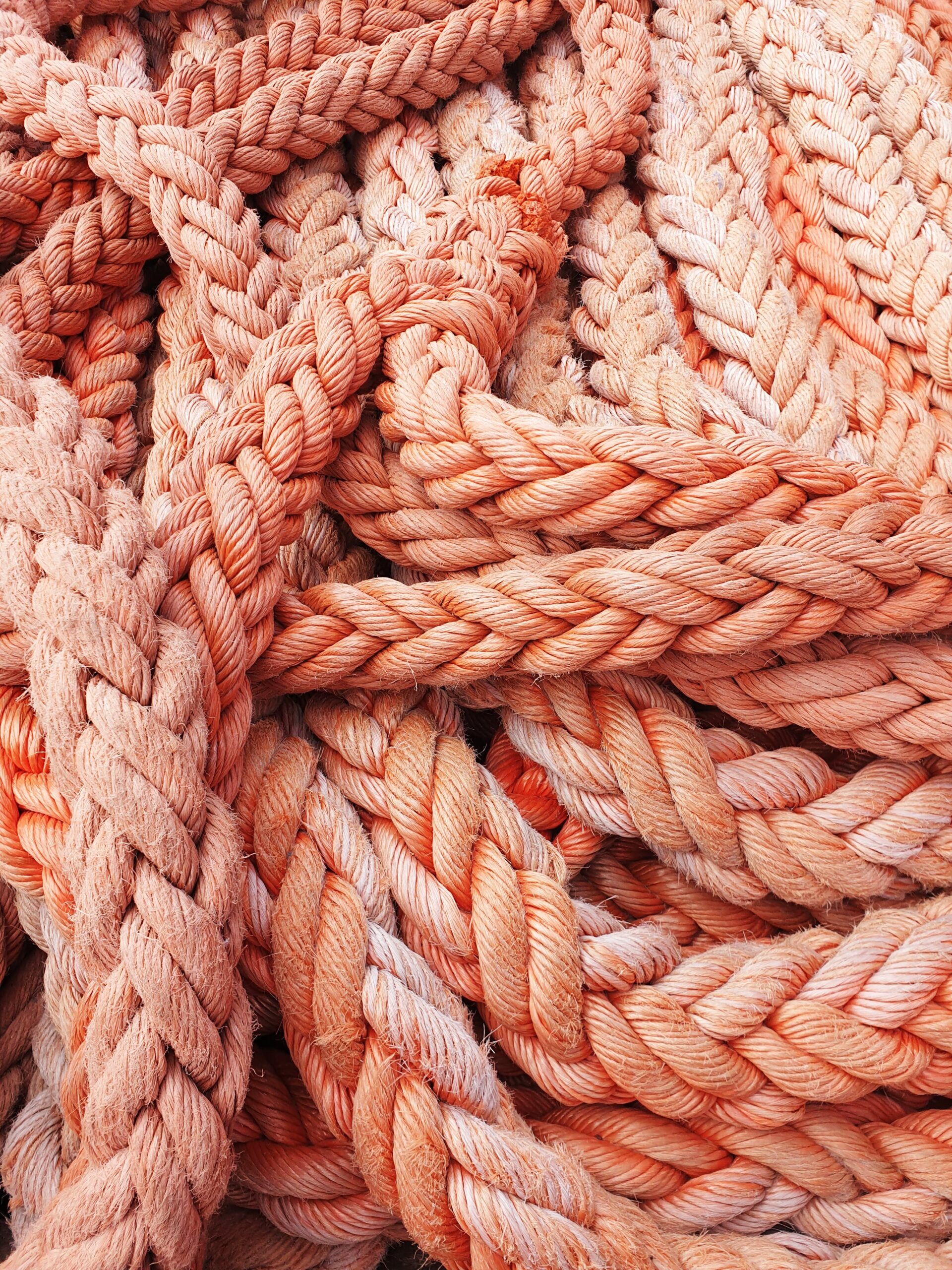Your cart is currently empty!
Want Clothes That Last? A Quick Guide to Durable Fabrics

A cloth that bears wear and tear and still looks fresh and gets you compliments in every gathering? Wouldn’t that be a dream coming to life? Well, it’s tough to find durable fabrics that last you for a long time in the world of consumerism, however, due to innovative technology, you can finally get these fabrics!
Table of Contents
Common traits of durable clothing material
Durable clothing material refers to garments that are long-lasting and withstand temperature and surroundings without affecting their quality. Here are some of their common traits:
- Water resistance
- Wear and tear resistance
- Longevity
- Innovative material
What Are the Types of Durable Clothing Materials?
Durable fabrics can be broadly categorized into two main types: natural fabrics and synthetic fabrics. Let’s take a deeper look into each of these fabrics and see how they can help in making our lifestyle convenient and environment-friendly.
Natural Fibers
- Cotton: known for breathability and comfort, cotton is a widely used natural fiber in durable clothing due to its versatility and resistance to wear and tear.
- Linen: Linen, derived from flax plants, is appreciated for its strength and durability. It is a natural fiber that becomes softer with each wash. Thus, making it a popular choice for summer garments.
- Wool: Wool is a natural fiber and possesses excellent insulating properties. It is known for its durability and ability to retain warmth even when wet, making it suitable for various climates.
Synthetic Fibers
- Nylon: Nylon is a synthetic fiber known for its durability and strength. This fabric is well known for its long-lasting use and resistance to use and abuse. You may find it mostly used in ropes and carpets.
- Polyester: durable fabric is not only used for clothing but also essential for outdoor use, such as car seats, tents, or covering on our furniture. That’s how polyester is normally used because of its strong durability and resistance to wrinkles, shrinking, and fading.
- Acrylic: Acrylic is a synthetic fiber and has properties similar to wool. It’s soft and provides warmth. In addition, the clothing material is resistant to moths, sunlight, and chemicals which makes it more sustainable to use around the house.
What Is the Environmental Impact of Durable Fabrics?
The environmental impact of durable fabrics is quite similar to that of sustainable clothing materials. Durable Fabrics produced from organically grown crops like organic cotton embrace environmentally friendly farming practices by avoiding synthetic pesticides and fertilizers that can harm ecosystems.
Moreover, recycling and upcycling play vital roles in minimizing the environmental footprint of fabric production. Eco-friendly alternatives further enhance sustainability. Fabrics made from plant-based fibers, such as hemp or bamboo, are considered more environmentally sustainable due to their rapid growth, requiring fewer pesticides and less water compared to traditional crops.
Other alternatives like kombucha leather are completely biodegradable but, at the moment, lack the strength and durability of synthetic fibers.
Consumer Guide to Durable Fabrics
1. Choosing the Right Fabric for Your Needs
Identify the purpose of the fabric, whether it’s for everyday wear, outdoor activities, or special occasions. Not only this, but also understand the fiber content of the fabric. For example, cotton is breathable and comfortable, while synthetic fibers like polyester offer durability and resistance to wrinkles.
2. Care and Maintenance Tips
Always follow care instructions on garment labels. Use mild detergents to preserve fabric quality. This is because harsh chemicals can break down fibers and affect the durability of the fabric over time.
3. Recognizing Quality in Durable Fabrics
Higher thread count generally indicates a smoother and more durable fabric, especially in bedding and linens. However, it may not be as relevant for all types of fabrics. It’s essential to scrutinize the weave and construction of the fabric. Tight weaves and double stitching are contributing factors to enhanced durability.
Frequently Asked Questions
What defines a fabric as “durable”?
The durability of a fabric is defined by its ability to withstand wear and tear, maintaining its structural integrity and utility over an extended period. Various factors are considered that make the clothing material durable and most important are its resistance to wear and tear and strength.
Which fabric is most durable?
Fabrics like nylon, polyester, and certain blends are often recognized for high durability and long-term use. However, the choice of the most durable fabric depends on factors such as the intended use, desired comfort, and aesthetic preferences.
How to find the best durable clothing material?
Individuals should consider the fabric’s composition, weave, and finish to find the best durable clothing material. Fabrics made from natural fibers like cotton or linen can offer durability, while synthetic fibers like polyester contribute strength and resilience.
You can also learn more about different materials on the website of the Textile Exchange.
By
Posted in
